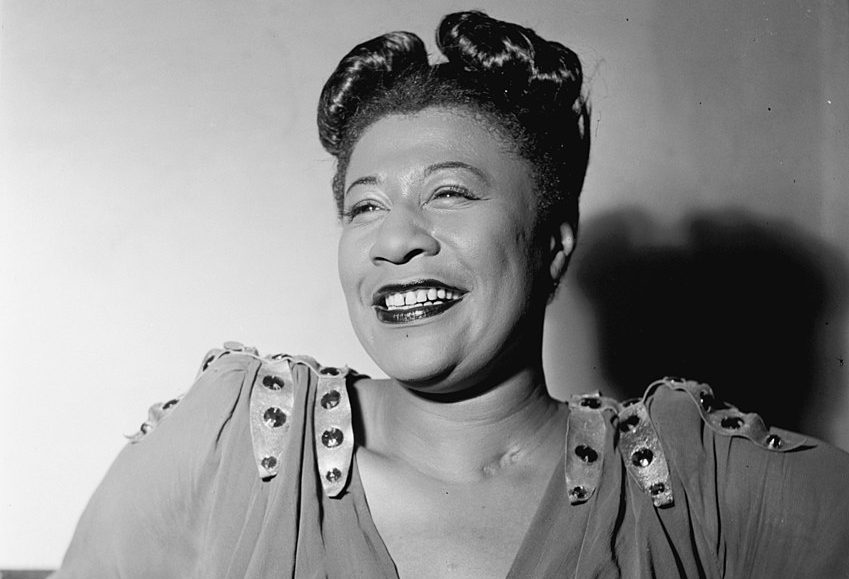Jazz Corner: Women’s Day Special
Happy Women’s Day to all you wonderful women readers of this column
The month of March is very special. For me, it marks the month in which some of my most favorite people were born. They brought me joy when they were born and continue to provide an undiminished supply of the very same. They are all women.
I have always believed that women are awesome. No guy will dispute this; I don’t imagine any women will either. But this is a column about music and particularly jazz music. Let me attempt to speak of women in the context of jazz.
I have been intrigued for some time by one question. Do women approach music, particularly jazz differently from men? Do they hear it differently, do they play it in any way different and do they appreciate it in any way different from men?
After all, women play the same sports, tennis for example, as men but they somehow bring an elegance to their endeavor that is absent in the men’s version of the sport. Even in writing, women seem to deliver a more subtle impact. Is it just my imagination or is there something to my theory?
What better time than on this wonderful Women’s Day to try and explore the subject. Here is my attempt.
The thought first took seed from listening to jazz pianists. Soon the idea took form that women somehow, play jazz piano differently from their male counterparts.
A Marian McPartland, Mary Lou Williams, Shirley Horn or in recent times Renee Rosnes and Helen Sung sound, at least to me, to add a little something extra to their piano playing. Perhaps it is their inherent sensitive feel. Their jazz piano playing sounds different in their playing from their male counterparts.
I know that in jazz, each musician brings an individual touch to their sound; no two styles are the same. They are as unique as fingerprints. In fact, jazz buffs take pride in identifying musicians in ‘blindfold tests’ because of the uniqueness of the players. Beyond the different styles of jazz musicians, I am referring to a certain X factor present in the playing of women jazz musicians.
Almost 20 years ago I had a conversation with Mumbai jazz piano and keyboard player Aninha Lobo on this subject. She was part of a jazz band playing at a nightspot in Bandra; it was a rousing set of music and moods were generally upbeat. Lobo, besides being an excellent pianist is also a psychologist and was then teaching the subject at a local college in South Mumbai. Who better to ask?
She was a little surprised at the question (and observation) but gave it some thought and said there was some merit to my observation. In later years she said that she was always conscious of this when she played!
The magnificent jazz violinist Regina Carter certainly brings this X factor into her playing. Just hear her playing “I’ll Be Seeing You” or “Phantoms” or “Misterioso” and you might hear the distinctive feminine touch to the music. Ditto for Shirley Scott on the Hammond Organ. Notice how much of a different approach it is from Jimmy Smith, Jimmy McGriff or Don Patterson.
Even at the risk of generalization, I have observed over a number of years that women have a greater preference in jazz to vocalists than to the instrumental sound. I have wondered what might be the reason for this phenomenon but have not found any answers.
What is certain is that in jazz, female vocalists seriously outnumber their male counterparts; this has been the case throughout the history of jazz music. In the swing era when the big bands played in dance halls, each band had a vocalist, usually female to front the orchestra. From this emerged the likes of Ella Fitzgerald, Billie Holiday and several others.
In post-war America, Sarah Vaughan, Anita O’Day Doris Day and others dominated the jazz vocal scene. Later, Carmen MacRae, Betty Carter, Nancy Wilson among others adorned this spot.
Women have clearly dominated the vocal domain in jazz and have made a spectacular contribution to this aspect of the music. Just listen… and decide for yourself! Without the women in it, jazz would be perhaps a little less complete art form. A salute this Women’s Day to all the lovely ladies of jazz.
Sunil Sampat is a jazz critic and Contributing Editor of Rolling Stone India. Write to Sunil at jazzwala@gmail.com








